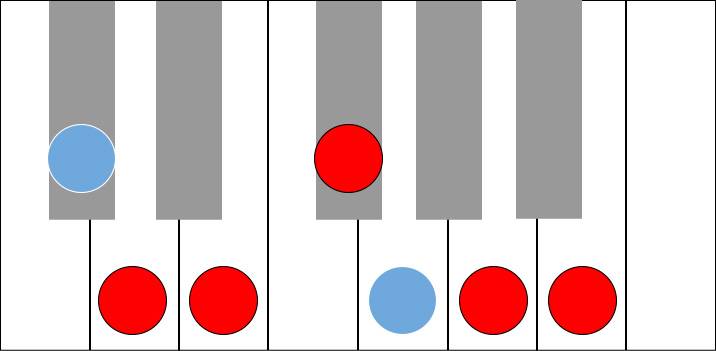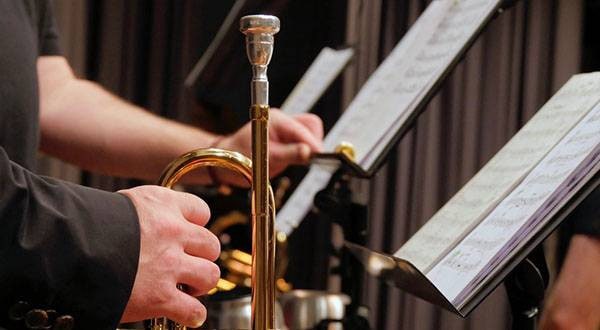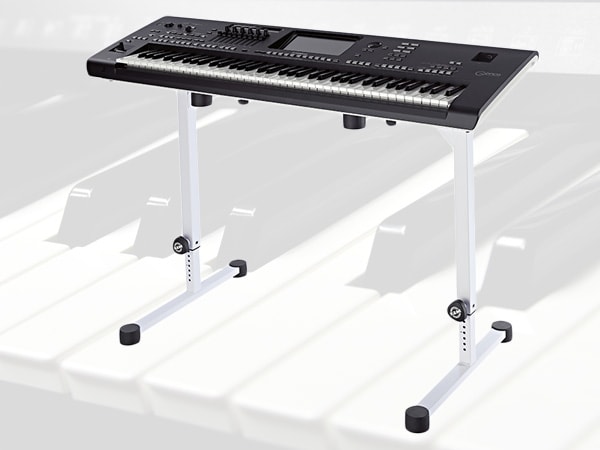
In fact, Sound House is full of hidden Disnerd (Disney enthusiasts). Yes, there probably are.
Even in the old staff blogs, you can find articles that hint at Disney fandom here and there...
⇒ Enjoying the Music of Disney Resort - Tokyo Disneyland Edition
⇒ Enjoying the Music of Disney Resort - Tokyo DisneySea Edition
But without a legitimate reason, I can’t just ramble on about my fandom, so this time I decided to forcibly tie it to a musical analysis.
Living in Color
As it happens, the Tokyo Disney Resort is currently celebrating its 40th anniversary with the Dream-Go-Round event!! Additionally, Disney is celebrating its 100th anniversary, making this literally a year of happiness!
I bought the 100th anniversary merchandise and the 40th anniversary merchandise... How much will they make me spend...?
So, “Living in Color” is the theme song for Dream-Go-Round, the 40th anniversary event of Tokyo Disney Resort. Compared to past anniversary songs, I felt this song was more gentle. Now, what are the hidden elements in this song?
① Tension and Release through Octave Leaps
Let’s explain using the A melody.
“Let me see your hands
Do your dance, Rock ‘n’ Roll”
In this lyric, there is an octave leap from D to D one octave higher at the bolded parts. It looks like this below:

By incorporating octave leaps, the singer’s throat engages in exercise and tension, which draws the listener’s attention and creates a sense of excitement. In J-Pop, the chorus of songs like “Usseewa” and “Charles” are famous for this technique.
In the second verse, the vocals don’t leap, but the synthesizer in the background performs this octave leap.
On the other hand, in the chorus, the note D appears multiple times without octave leaps, making it easy for anyone to sing without large leaps in scale. More precisely, the chorus uses only five notes, and if you exclude the natural F that appears only once as a passing tone, it technically uses only four notes!
| 1 | 2 | 3 | 4 | ||
| “Living in color | D B D | F# | F# | ||
| Lighting up the streets | E | D | E | F# F# | |
| Memo- | F# | F | |||
| -ries for you and me | E | D | E | F# F# | |
| Let’s keep it together (Ho!) | F#E | DB | DB | ||
| You know that it’s better | F#E | DB | DB | A B | |
| When we’re dancin, (dancin’) dancin, (dancin’) | D | (D) | D | (D) | |
| dancing We’ll be living in color” | D | E D | E D E | E D | |
| *This is the best I can do with text... Sorry! | |||||
For clarity, I extracted only the notes used in the first verse A to B and chorus.

*The pale blue is the lowest note that can be heard during the fall and will be temporarily ignored in this case.
The note that appears only in the chorus as a passing tone is the natural F only! On the contrary, it’s impressive how wide the range of notes used over the verse A and B.
In typical pop song structure, it’s common for a narrow range of notes to be used over the verse A and B, and the chorus expands to create a sense of release. However, this song takes the opposite approach.
For example, in the Tokyo DisneySea 25th anniversary theme song “Time to Shine”, verse A and B ranges from F to B♭, and the chorus ranges from high F to B♭, using a wide range to build up the song. The following diagram compares the ranges used. Red indicates the chorus, and blue indicates the lowest and highest notes used in verse A and B.

“Time to Shine”

“Living in Color”
Moreover, the notes D B E F# used in the chorus form a scale, commonly found in children’s songs and familiar melodies!
During the Meiji to Showa periods in Japan, many children’s songs were composed using fewer notes and cheerful scales. Examples include “Yuyake Koyake”, “Akatombo”, “Koinobori”, “Tulip”, and so on. “Living in Color” thus has a nostalgic touch for adults as well.
Since this song is in D major, here’s the pentatonic scale in D major.
This scale was named after its feature that omits the 4th and 7th notes of the scale.

The past park songs created a cheerful and celebratory mood with a wide range of notes typical of pop music, but “Living in Color” has a narrower range that uses this scale in the chorus to emphasize “Let’s sing together!”
② Melancholic (Nostalgic) Chord Progression
The chord progression of “Living in Color” also cleverly includes spots that evoke nostalgia, perfect for an anniversary song.
|D (I)
”Let me see your hands
D (I)
Do your
|A (V)
dance, Rock n
A#dim7 (V#dim) |
Roll
|Bm7 (VIm7)
Go and move your feet
Bm7 (VIm7)
Feel
Bbm7 (VIbm7)
the
|Am7 (Vm7)
beat in your
D (I) |
soul”
Those who can identify the key just by looking at the chord progression will recognize it’s in D major.
Here are the notes used in the D major scale.

However, if you look at the chord progression notes marked in blue, you’ll see notes that are not usually necessary.

The A#dim7 in the first half is a passing diminished chord, which acts like a glue to smooth the connection between chords.
For example, Lisa’s “Gurenge” uses this technique in the chorus.
“Sekai ni
|C6(9)
Uchinomesarete Make-
|D
-ru Imi wo Shitta Gu-
|D#dim
-rengen no hana
|Em
yo saki hoko-
|C6(9) |
-re!”
Using passing diminished chords like this not only smooths the chord transitions but also creates an upward-moving progression that builds excitement.
Am7 is a dominant minor chord in the key of D major. The usual chord progression is subdominant → dominant → tonic, and Am7 (dominant) → D (tonic) follows the dominant motion. Normally, this would be A7 → D, but it borrows from the minor diatonic chords in the same tonic key (quality change).
The descending movement from Bm7 also adds a touch of melancholy, which is interesting.
For example, in one of the most popular songs by Tokyo Jihen, “Marunouchi Sadistic” uses:
|AbM7 (IVM7)
“Marshall no
|G7 (III7)
Nioi de ton-
|Cm7 (VIm7)
-jatte tai-
|Bm7 (Vm7) Eb7 (I7) |
-hen sa”
In a Disney song themed around happiness, it’s surprising to use a chord progression that evokes melancholy.
Moreover, as mentioned earlier, this song uses repetitive chords, so the melancholy chords appear even in the chorus.
This combination of melancholy chords and a nostalgic scale creates a song that current Disney fans, those who used to visit the park frequently, and those who have never been there yet can all feel nostalgic and enjoy singing.
Take this opportunity to appreciate the theme song’s charm and celebrate Tokyo Disney Resort’s 40th anniversary anew!

















 キーボードスタンドの選び方
キーボードスタンドの選び方
 超オススメのフレーズ道場 キーボード
超オススメのフレーズ道場 キーボード
 みんなでつくる 新・音楽用語事典
みんなでつくる 新・音楽用語事典
 自分にあったピアノを選ぼう!役立つピアノ用語集
自分にあったピアノを選ぼう!役立つピアノ用語集
 まずは弾いてみよう!楽譜の読み方
まずは弾いてみよう!楽譜の読み方
 キーボード・ピアノ講座
キーボード・ピアノ講座















